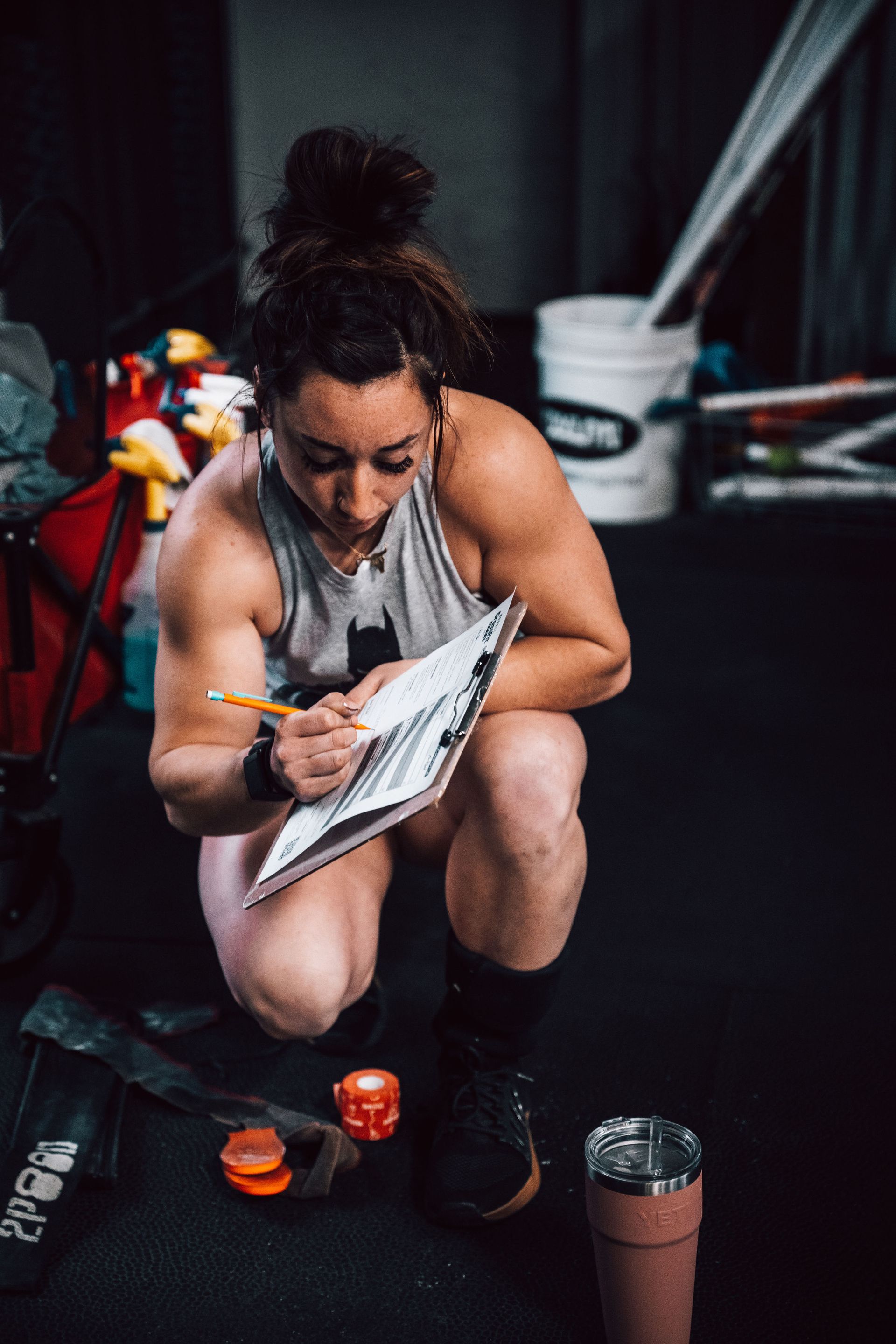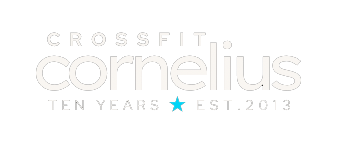The Space Between.
React. Don’t Respond.
Be the one who pauses. Then moves with purpose.
Hey C2 family,
Someone says something sideways.
You miss a lift.
You’re tired.
The workout feels heavier than it should.
That’s the stimulus. And right after it — before your next action — there’s a split second of space.
Most people miss it.
They react.
But the strong ones? They pause. Then they respond.
That’s the difference.
That’s The Code.
Why That Space Matters
“Between stimulus and response, there is a space.
In that space is our power to choose our response.
In our response lies our growth and our freedom.”
— Viktor Frankl
At C2, that space shows up in every class.
In every breath between sets.
In every missed lift or frustrating round.
And how you move in that space?
That’s your rep.
What This Looks Like in Training:
- You miss a lift — you don’t slam the bar. You breathe. Reset.
- You’re getting beat in a WOD — you stay focused on your own pace.
- You're off today — but you still move with intention.
Strong minds don’t react. They respond.
That’s what we train.
Why It Works (and What the Science Says):
- Reframing setbacks builds resilience and composure under pressure
(Tugade & Fredrickson, 2004) - People with a growth mindset outperform those chasing perfection
(Dweck, 2006) - Controlled responses train your nervous system for better recovery and long-term consistency
(Tang et al., 2015; Zaccaro et al., 2018) - Athletes who train mindfulness show improved focus, fewer stress reactions, and greater long-term consistency
(Birrer & Morgan, 2010)
Translation?
The ones who keep going win.
How to Build This Rep:
- Breathe before you act.
One inhale can reset your nervous system. - Ask: What actually needs to happen here?
Lead with intention, not impulse. - Sit in the silence.
Don’t rush to fill it. Let it guide you. - Don’t make moves when angry, tired, or reactive.
Control the space. Then execute.
This Week’s Challenge:
When something hits you — don’t swing back.
Pause.
Breathe.
Choose your next move with control.
That space? That’s your edge.
Not training with us yet?
Learn to train more than just your body.
👉 Click here to claim your free trial
Onward and Upward.
— Mike
Sources:
- Tugade, M.M. & Fredrickson, B.L. (2004). Resilient individuals use positive emotions to bounce back from negative emotional experiences. Journal of Personality and Social Psychology, 86(2), 320–333.
- Dweck, C.S. (2006). Mindset: The New Psychology of Success. Random House.
- Tang, Y.-Y., Hölzel, B.K., & Posner, M.I. (2015). The neuroscience of mindfulness meditation. Nature Reviews Neuroscience, 16, 213–225.
- Zaccaro, A. et al. (2018). How breath-control can affect emotions, attention, and body awareness. Frontiers in Human Neuroscience, 12:353.
- Birrer, D. & Morgan, G. (2010). Psychological skills training in sport: Practice and research. Scandinavian Journal of Medicine & Science in Sports, 20(2), 480–490.




